Area rugs are an essential part of home décor; they add color, warmth, and style to any room. But accidents happen: spills, muddy footprints, or pet messes can stain your favorite rug. While cleaning these spots quickly helps prevent permanent stains, improper cleaning can lead to water rings or discoloration that look even worse than the original spill. Here’s how to spot clean area rugs correctly, so you refresh them without leaving behind unsightly water stains.
Why Water Stains Happen When Cleaning Rugs
When you wet a section of your rug without properly drying it, the water spreads outward, carrying soil and dye with it. This often leads to:
- Water rings or outlines where the wet area meets dry fibers.
- Color bleeding, especially on rugs with natural dyes.
- Texture changes, making cleaned spots look rougher or stiffer.
Knowing this helps you clean smarter, using the right technique, tools, and products.
Step 1: Blot, Don’t Rub
Immediately blot up as much of the spill as possible:
- Use clean, white cotton towels or paper towels.
- Press gently, replacing towels as they become damp.
- Avoid scrubbing, which pushes the spill deeper and distorts rug fibers.
Pro tip: Place a dry towel under the rug to absorb moisture that seeps through.
Step 2: Choose the Right Cleaning Solution
Avoid soaking the rug with water. Instead:
- Mix a few drops of mild dish soap in a cup of cool water.
- For natural fiber rugs (like wool or jute), test on an inconspicuous spot first.
- For greasy stains, add a tiny amount of white vinegar.
Never use hot water, as it can set stains and cause dyes to bleed.
Step 3: Use Minimal Moisture
Dip a clean white cloth into your cleaning solution, then wring it out so it’s just damp, not dripping.
- Gently dab the stained area, working from the outside inward to prevent spreading.
- Keep your cloth nearly dry; add more solution only if necessary.
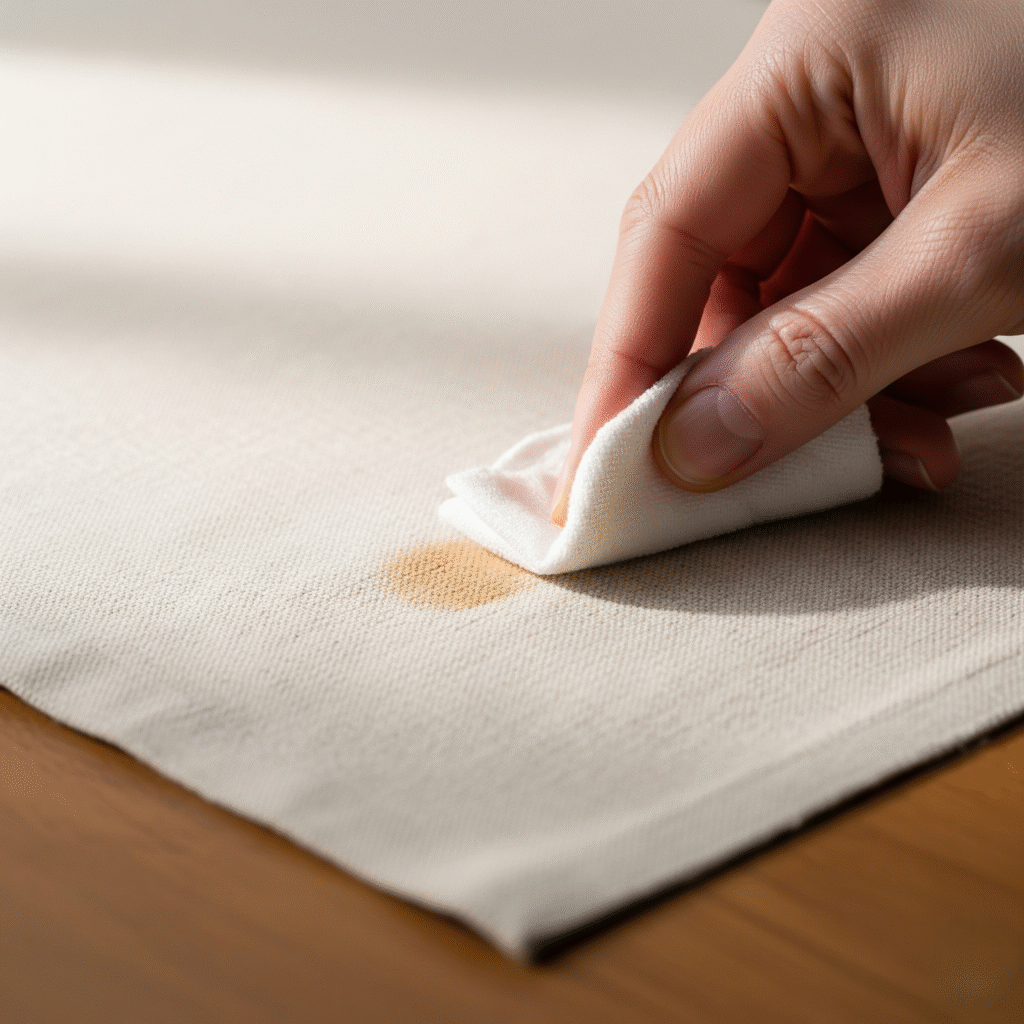
Step 4: Blot Excess Moisture Again
After treating the stain:
- Blot the area with a dry towel to absorb as much water as possible.
- Press down with your weight or step gently on the towel for better absorption.
This step is key to preventing water rings.
Step 5: Dry Quickly and Evenly
Air drying tip:
- Place a fan near the cleaned area.
- If it’s sunny and dry outside, lift and prop up the rug to increase airflow.
Avoid:
- Direct heat, like hair dryers, can shrink or damage fibers.
- Leaving damp spots to dry naturally without ventilation.
Even quick drying prevents moisture from pooling and forming water rings.
Step 6: Brush Fibers to Blend
After the spot is dry:
- Use a soft brush to gently lift and align the rug fibers.
- Brushing helps the cleaned area blend in with surrounding sections, reducing the appearance of a “clean patch.”
Common Mistakes to Avoid
- Using too much water: Saturation almost always leads to water stains.
- Skipping the blotting step: Leaving excess moisture behind.
- Rubbing instead of blotting: This can fray fibers and spread the stain.
- Ignoring colorfastness: Some dyes bleed easily; always do a spot test first.
When to Use Specialized Products
For tough stains like wine, ink, or pet urine, water alone isn’t enough. Use:
- Enzyme cleaners for organic stains.
- Dry cleaning powders for delicate rugs (sprinkle, let sit, and vacuum).
Always follow product instructions and check compatibility with your rug’s material.
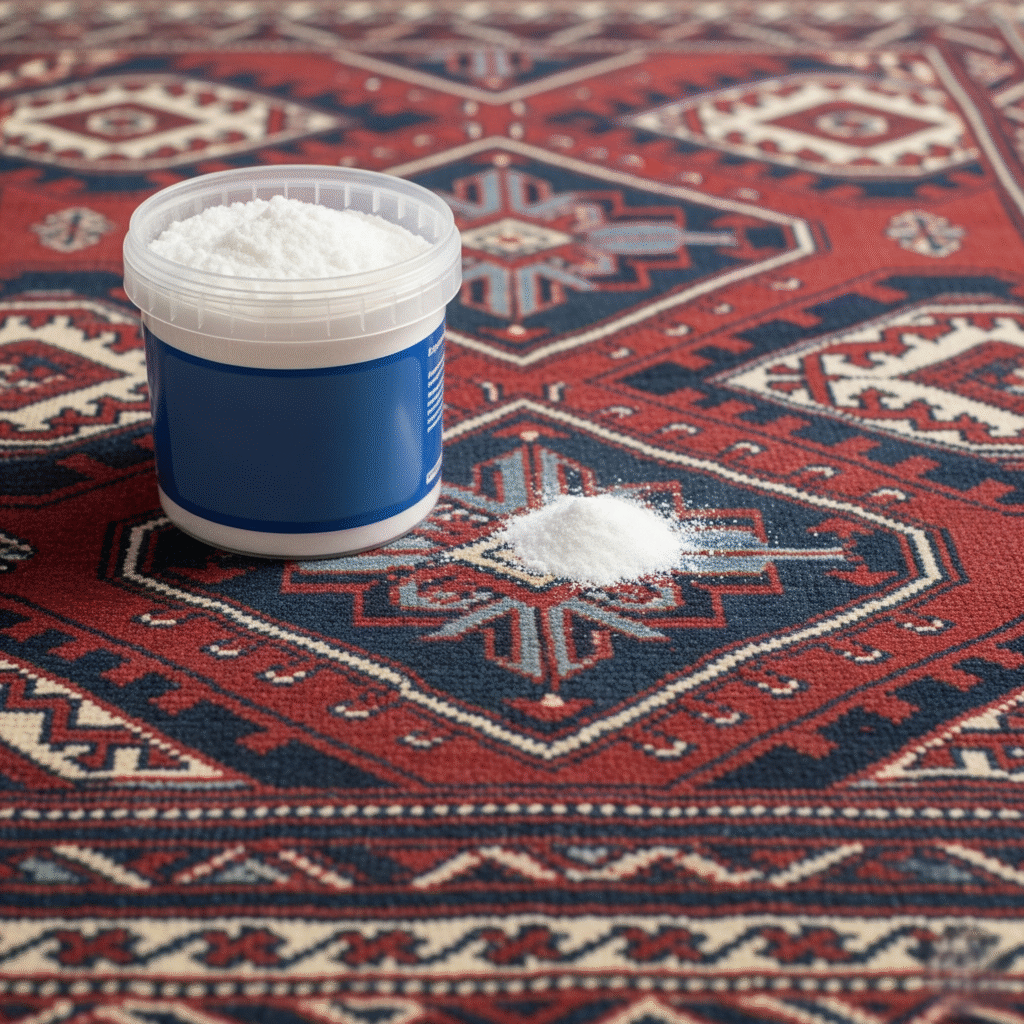
How to Prevent Future Water Stains
- Act fast: The quicker you blot, the less moisture penetrates.
- Use area rugs with stain-resistant treatment if you have kids or pets.
- Regular vacuuming: Removes dust and dirt that can wick outward with spills.
Deep Cleaning Without Water Stains
If your entire rug needs cleaning:
- Use professional rug cleaners; they have equipment to clean and extract moisture evenly.
- Avoid DIY soaking in the bathtub or using carpet shampooers on delicate area rugs.
Professionals dry rugs quickly and evenly, greatly reducing the risk of water rings.
Health Note: Why Quick Drying Matters
Besides appearance, trapped moisture can:
- Lead to mold and mildew.
- Causes musty odors.
- Damage the rug backing and the floor underneath.
Drying properly protects not just your rug, but your home’s air quality too.
Conclusion: Fresh Rugs, No Water Spots
Spot cleaning doesn’t have to mean ugly water rings. By using minimal water, blotting instead of rubbing, and drying quickly and evenly, you can remove stains from your area rugs while keeping them fresh, vibrant, and stain-free.
A little care goes a long way to maintain your rugs’ beauty and protect your investment. Contact us today!

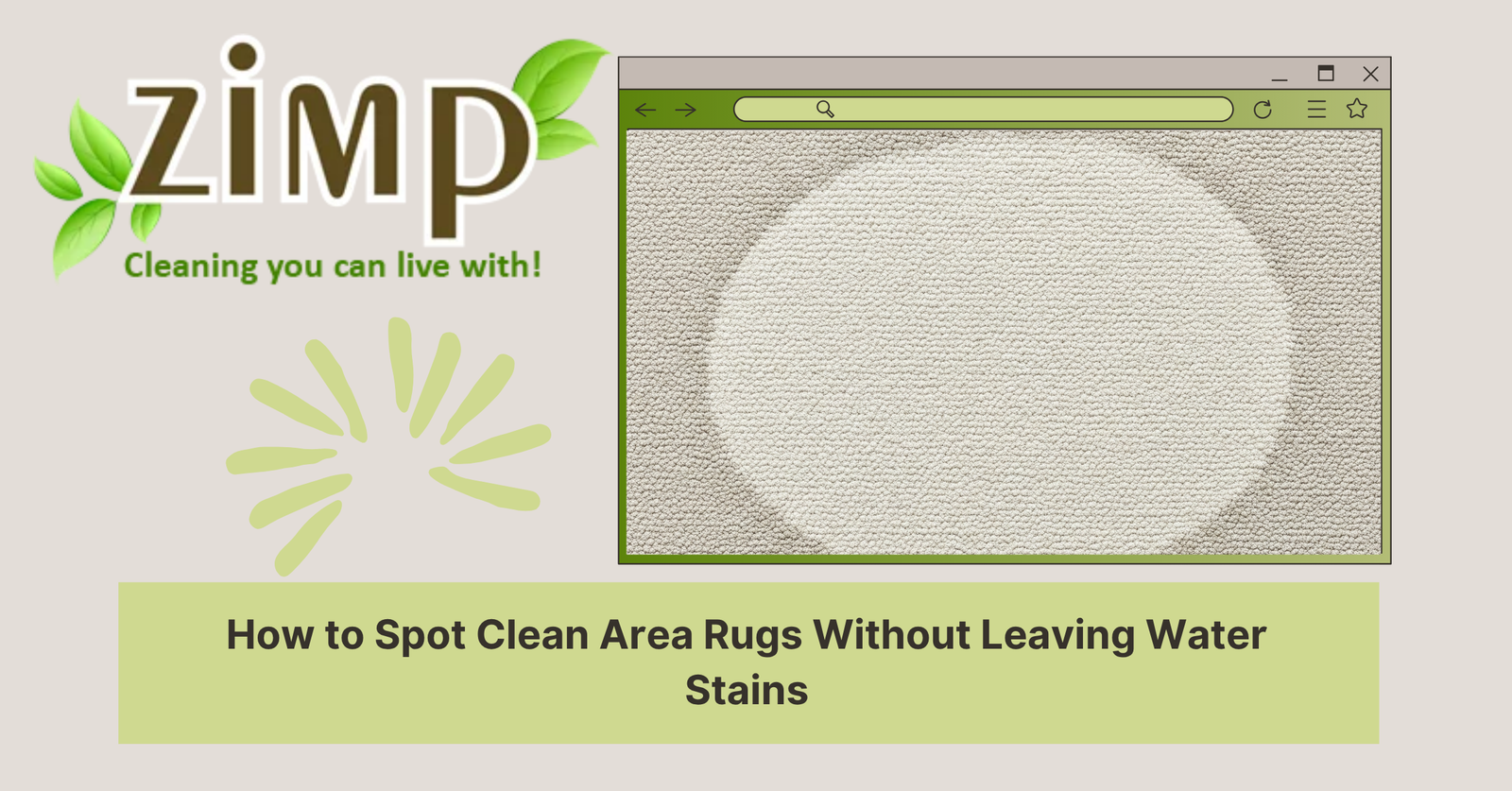
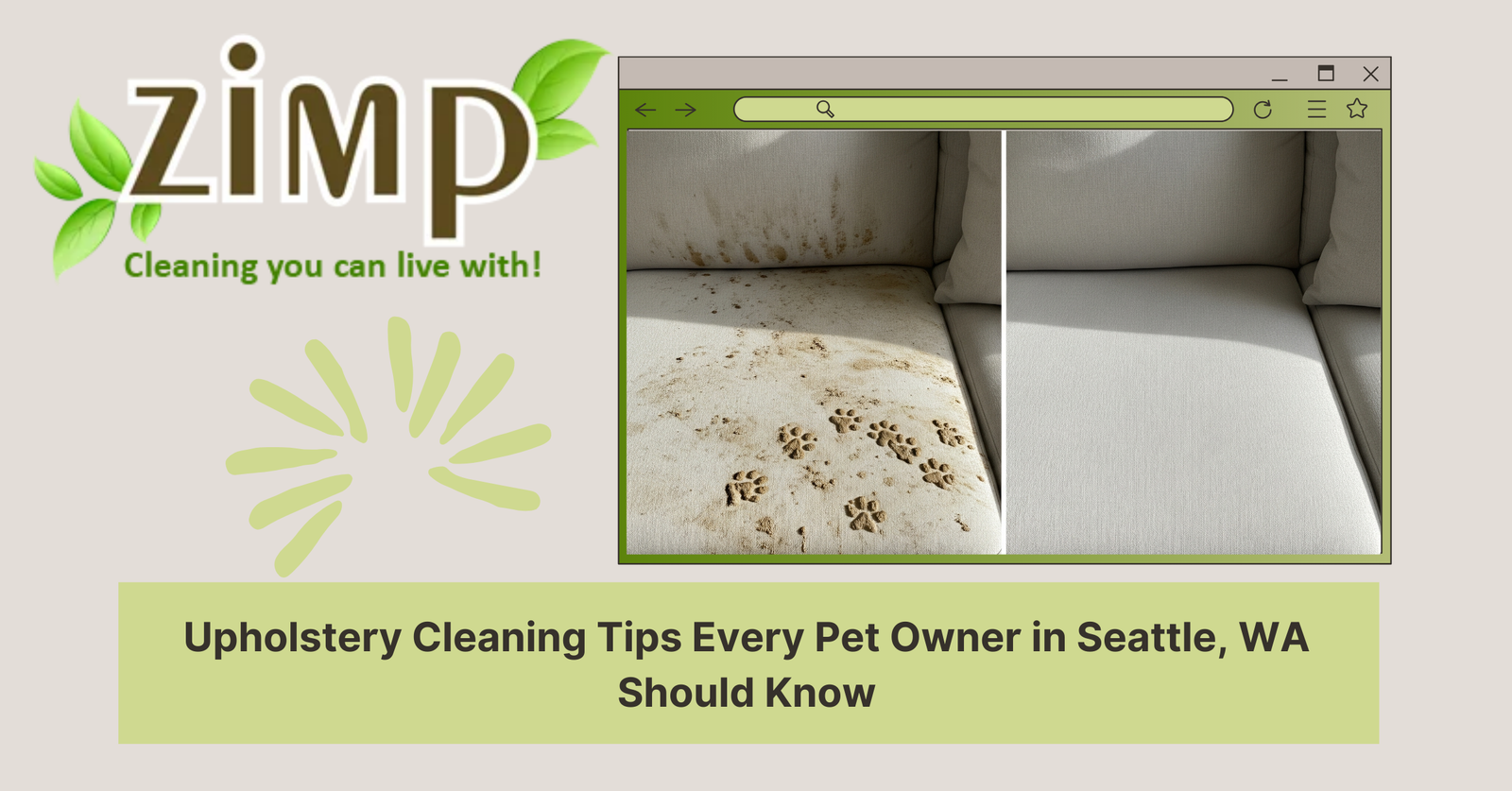



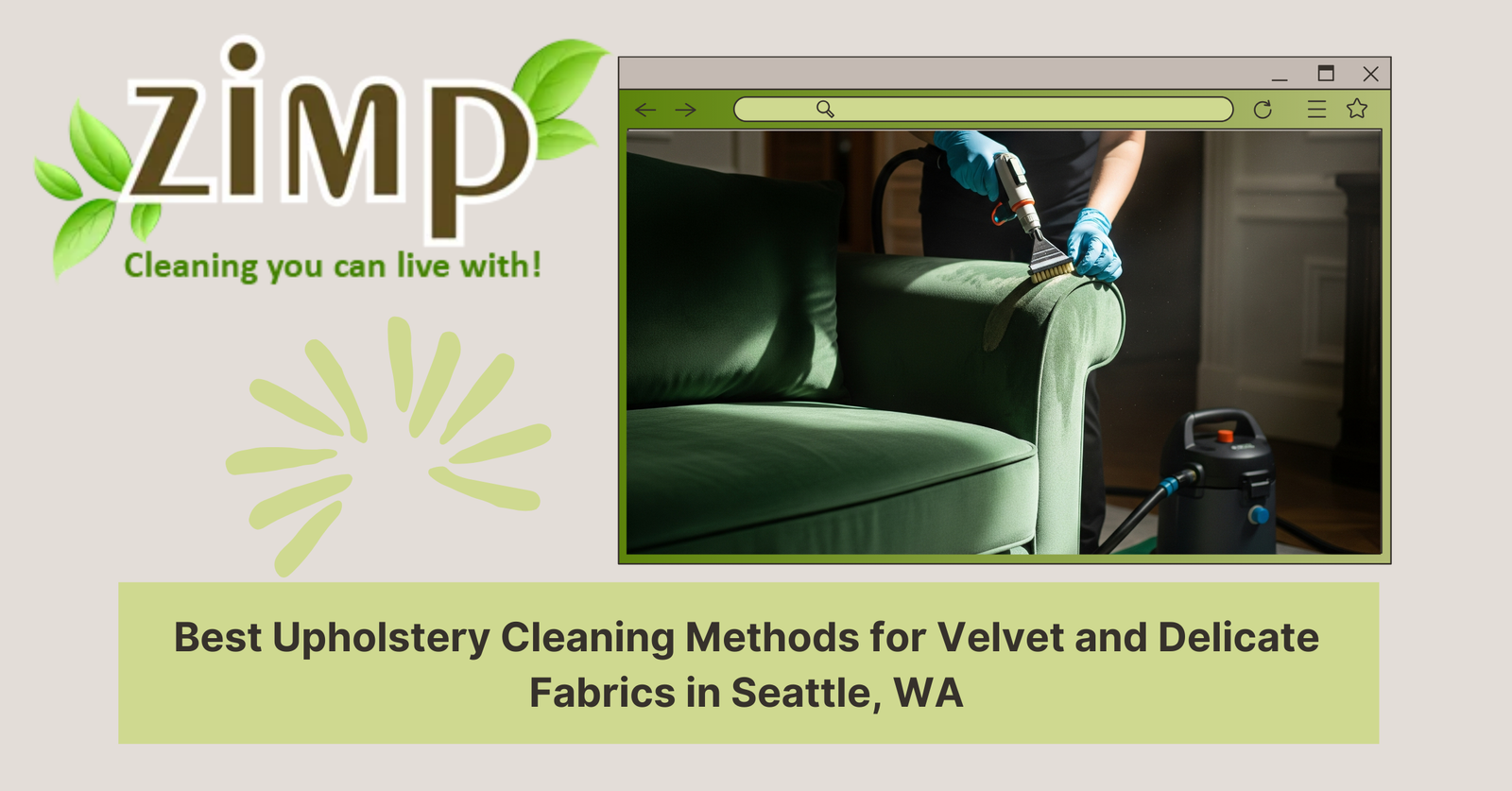
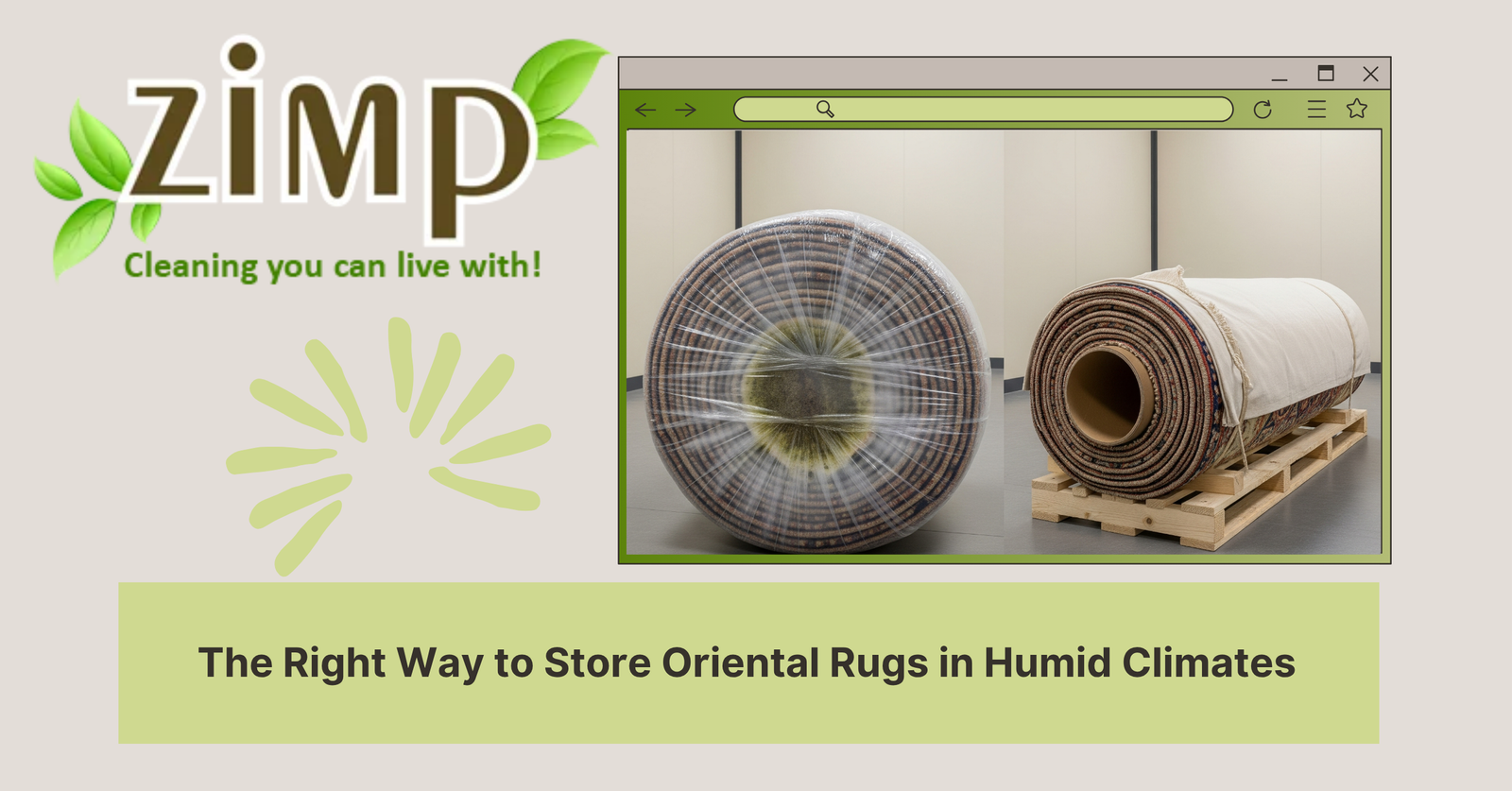
One Response
Hi there to all, for the reason that I am genuinely keen of reading this website’s post to be updated on a regular basis. It carries pleasant stuff.